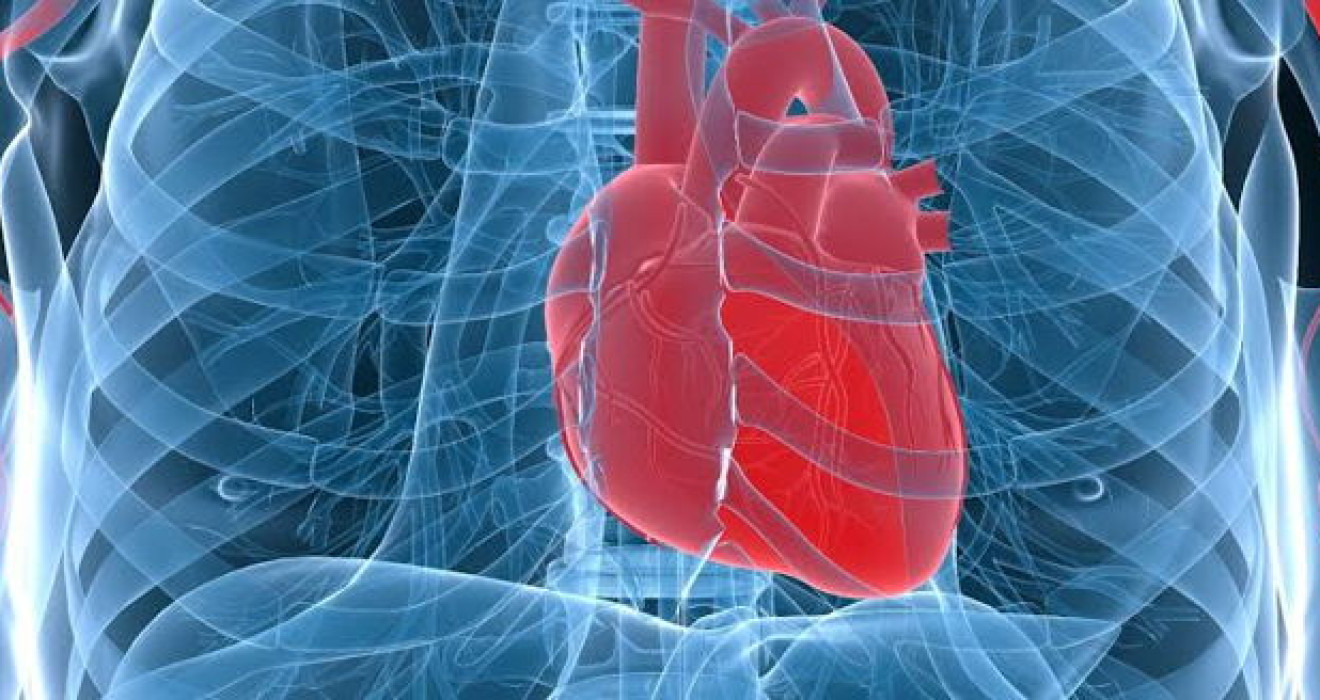
What is Stent?
What is a Coronary Stent?
Stents are tubular structures made of expandable metal alloys in the form of wire mesh that keep the vessel open. Often certain surfaces are coated with polymers and they contain drugs that prevent re-contraction on the polymers. These are called medicated stents. Bare metal stent (Drug-Free) is used less frequently today. If the vessel diameter is too large or the occluded area is short, it can be used in cases where a suitable medicated stent cannot be found.
What is the Coronary Balloon procedure?
Coronary Balloon application is a treatment attempt to open the narrowed or occluded vessel by continuing the procedure in the same session or in a later session, for patients whose coronary angiography has been decided to apply a balloon to the diseased vessel. Although it is known as popping a balloon in a vein among the people, this is a wrong term and it would be more accurate to say balloon inflation (expansion) in the narrowing area in the vein.
Why do we need a stent?
If a fatty substance called plaque builds up inside the artery, it can reduce blood flow to the heart. This is called coronary heart disease and can cause chest pain. Plaque can also cause a blood clot that blocks blood flow to the heart, which can lead to a heart attack. Stents relieve heart pain by providing vascular patency and can end the attack during a heart attack.
How is a stent placed in a heart vessel?
The stent can be placed at the wrist or groin. Since the stent procedure is not performed by opening the chest and no wound is formed, it cannot be considered as a surgical procedure. Today, stenting can usually be performed in the same session with angiography. You will be awake and conscious during the entire procedure. A balloon catheter advanced over the guidewire is used to place the stent in the narrowed vessel. The balloon is inflated in the narrowed area and the stent is adhered to the vessel wall. The balloon and catheter are then removed, while the stent remains attached to the vessel wall. Except for fusible stents, other stents remain permanently at the point they are placed. Within a few weeks, the stent heals by being covered with normal vascular cells (endothelium).
After Stent
The patient can be discharged 1 day after the procedure and return to his daily life. If bleeding, swelling, bruising, stiffness occur at the procedure site after discharge after the stent, if you have chest pain or shortness of breath, or if your fever rises, consult a healthcare provider or physician immediately. Early discontinuation of anticoagulants without medical advice may cause stent occlusion. Therefore, do not stop your heart medication without the knowledge of your doctor.

